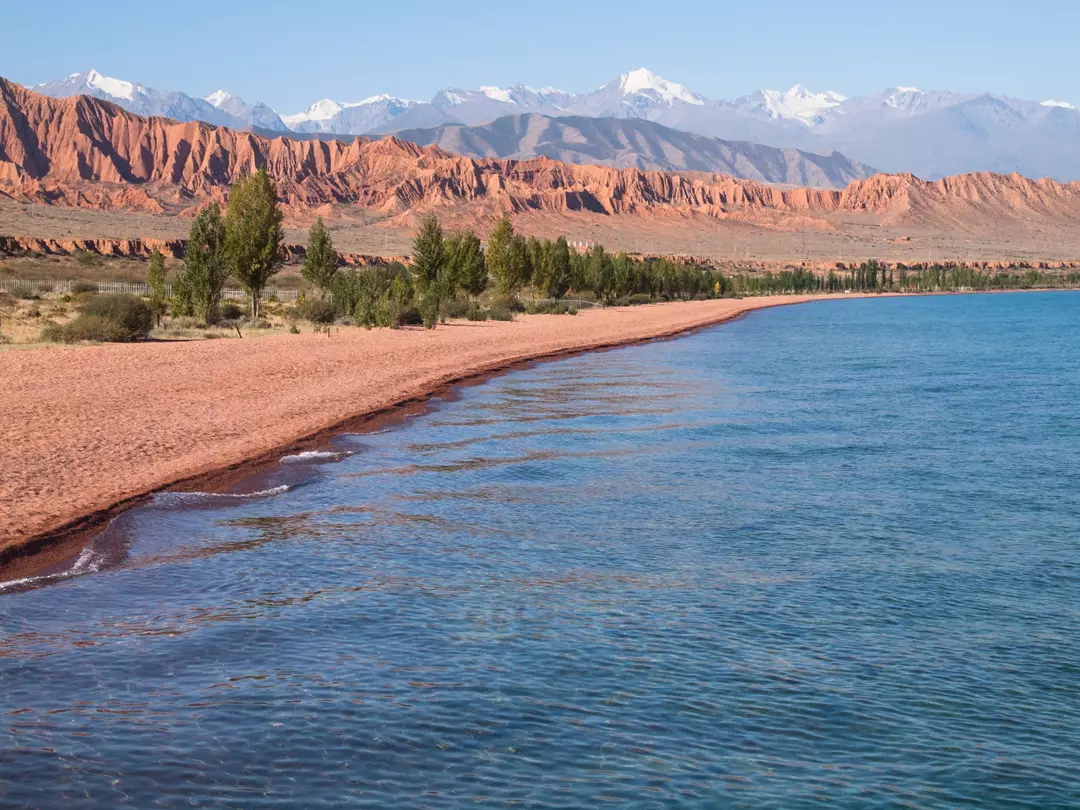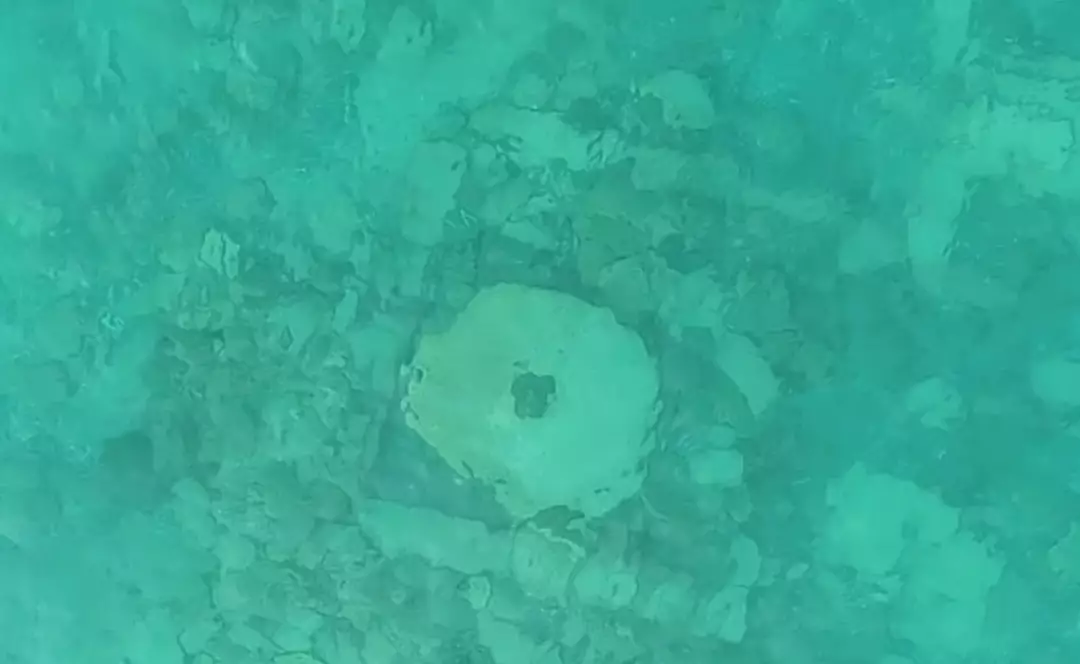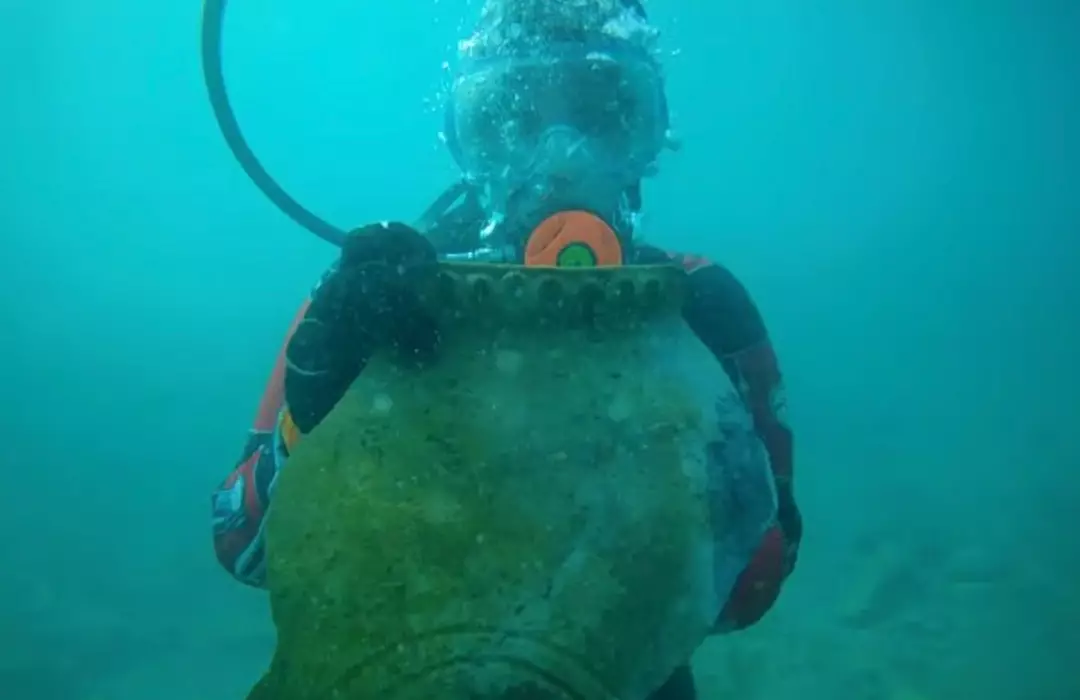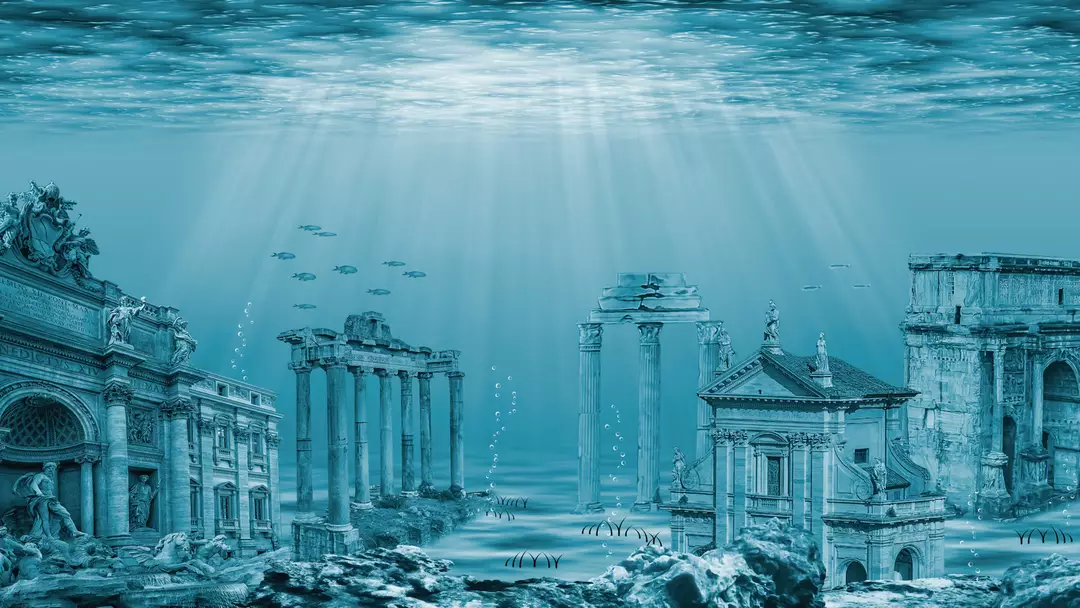Archaeologists have uncovered an astonishing find, revealing ‘traces of a submerged’ city reminiscent of Atlantis in Asia.
Experts from the Russian Academy of Sciences have identified the ‘city’ within Lake Issyk Kul in Kyrgyzstan, the eighth deepest lake globally.
Situated in the western Tianshan Mountains, the lake was a notable stop along the Silk Road, a well-traveled route connecting Europe with the East.
Remarkably, the exploration of this vast salt lake not only unveiled a medieval burial site and structures, but researchers also speculate that the city may have included a Muslim prayer house, educational facilities, and bathhouses.
Valery Kolchenko, the head of the expedition and a researcher at the National Academy of Sciences of the Kyrgyz Republic, shared that they believe the location was either a city or a ‘major trading hub’.

A representative from the Russian Geographical Society commented: “All this confirms an ancient city really once stood here.”
During their study, the team investigated four underwater zones, uncovering various brick structures in the initial zone, alongside evidence of a flour mill.
Heritage Daily reports they discovered stone structures, wooden beams, and a Muslim necropolis in the second zone.
The third zone provided evidence of expansion, including a burial site, while the fourth zone revealed ’round and rectangular structures made of mudbrick’.
“The site we are studying was a city or a major trading hub on a key section of the Silk Road,” Kolchenko stated.
The lake lacks an outflow, though some suggest it might be linked to a nearby river.
However, its water levels have notably increased since medieval times, potentially explaining the extent of submersion of the remains.

The city is believed to have vanished in the 15th century due to a catastrophe akin to the eruption of Mount Vesuvius, which destroyed Pompeii and its 10,000 residents.
The city beneath Lake Issyk Kul might have succumbed to a ‘terrible earthquake’.

“According to our assessment, at the time of the disaster, the residents had already left the settlement,” Kolchenko remarked.
“After the earthquake disaster, the region’s population changed drastically, and the rich medieval settlement civilization ceased to exist.”
Post-earthquake, it is believed that inhabitants relocated to the shoreline, where several small villages are now present.

